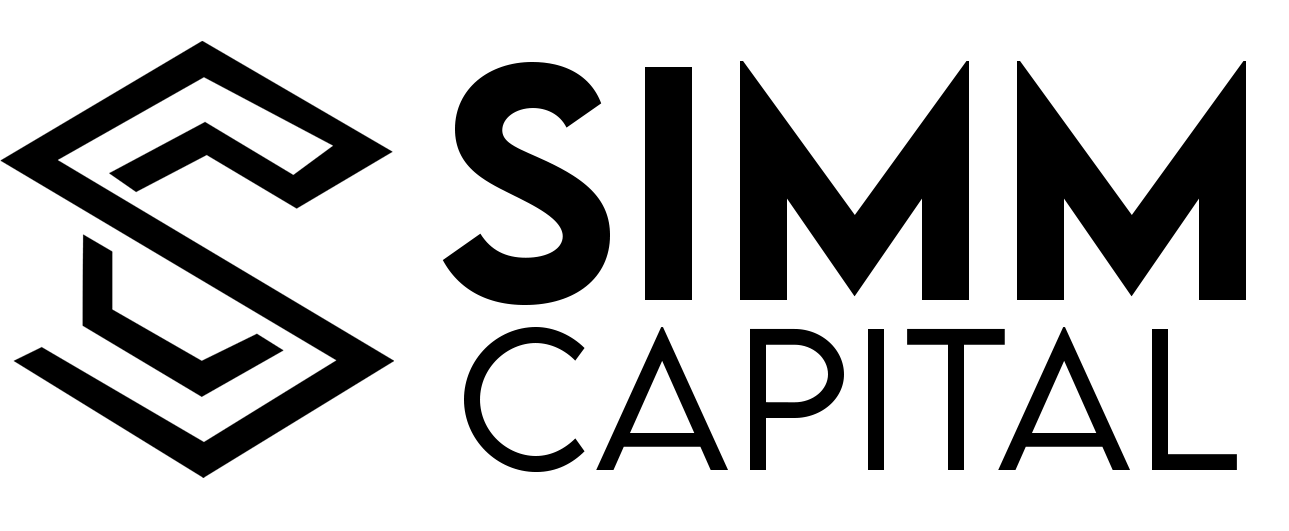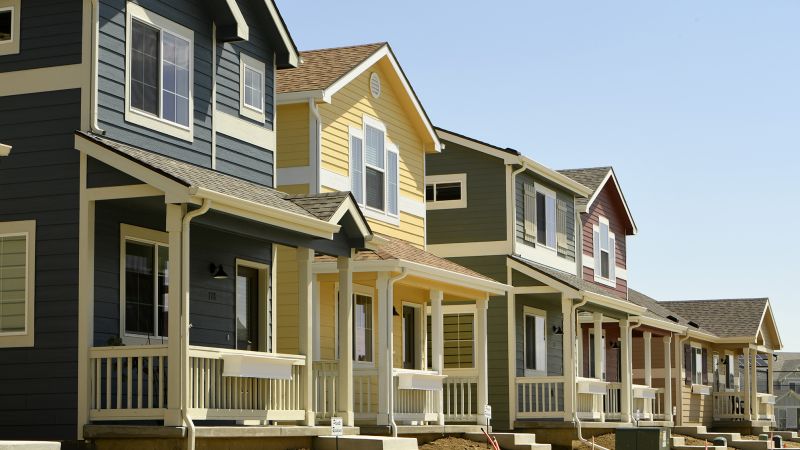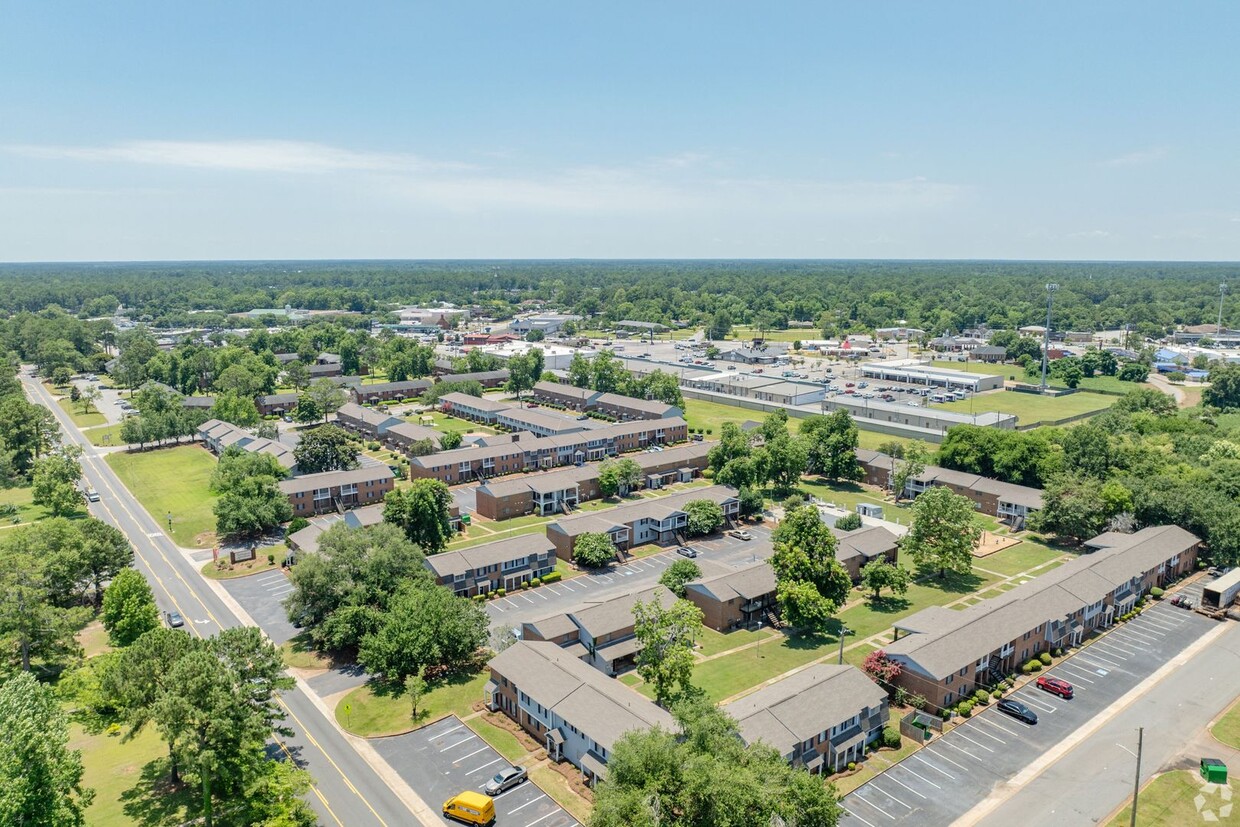The Investment Upside to Affordable Housing
The Investment Upside to Affordable Housing
Even as much of the focus remains on luxury rental properties, some investors are getting more and more into affordable housing. Here are three reasons why
Affordable housing availability has been a serious issue in the U.S. for quite some time, and the problem appears to be reaching new heights: A report from Habitat for Humanity in early 2021 highlighted how one in seven U.S. households pays at least half of their income on housing costs. This number will only grow, particularly as rental rates soar, jumping 13.5% last year alone, Multifamily Executive reported in January, not to mention the impacts of inflation on everyday necessities like food, health care, and transportation.
At the same time, many investors and developers exclusively target upscale renter segments by acquiring or building luxury communities. And those who do purchase lower-end rental properties often see them as purely value-add plays to cater to renters with deeper pockets in the future.
Why Is Affordable Housing a Good Investment Option?
Affordable housing assets can be very profitable investments, and some major investors have been paying attention. Some investors have been engaged in this space for significantly longer. Why are these organizations – and many others – betting big on something that has often been stigmatized as a risky, low-yield investment? We compiled three compelling reasons why investors should consider making affordable housing a part of their portfolios.
1. Affordable Housing Is Consistent
Affordable housing has shown itself to be a strong hedge against a recession. While higher-end, higher-rent communities are more likely to be plagued with higher vacancies when residents tighten their belts, affordable housing always remains in demand — if anything, demand is even higher in a downturn. And in the case of Section 8 housing, the Department of Housing and Urban Development will even step in to cover the difference between agreed rental rates and what a resident can pay, provided you keep your property in good repair.
2. Low-Income Housing Is Profitable
Many investors shrug off affordable housing in favor of luxury properties when considering profitability, but this isn’t a fair assessment. Upscale communities have significantly higher vacancy rates even in strong economic conditions, compared to affordable assets which can have a huge backlog of prospective residents. Also, affordable communities are able to take advantage of lower-cost financing options insured by HUD which can offer borrowers significantly higher leverage and lower-interest loans. Furthermore, both investors and developers can often utilize an array of tax credit options, including the well-known (though extremely competitive) Low-Income Housing Tax Credit program.
3. Access to Affordable Homes Improves Neighborhoods
The social impact of quality affordable housing on a neighborhood or city is not impossible to measure. While it may be a bit challenging to quantify the net economic benefit of, say, reduced homelessness, it’s far easier to identify how an area can benefit from increased consumer spending, improved job growth, and reduced evictions. Increased availability of affordable housing addresses all of these areas. And as previously mentioned, it’s not just good for a community, but it’s good as an investment, too.
Related Questions
What are the benefits of investing in affordable housing?
Investing in affordable housing can bring a number of benefits, both to the community and to the investor. These benefits include increased consumer spending, improved job growth, reduced evictions, and a positive economic impact. For example, increased availability of affordable housing can lead to reduced homelessness and shorter commutes for employees. Additionally, there is a positive economic impact from increased job opportunities and local consumer spending.
What are the risks associated with investing in affordable housing?
Investing in affordable housing can be seen as a riskier option due to the potential for historical deferred maintenance issues and perceptions of higher rental arrears. Additionally, investors may not be able to take advantage of higher margins as they would with luxury assets. However, investors in this space can take advantage of significantly lower-cost loan options, such as the HUD 223(f) loan, to finance an acquisition. It is important to note that the Low-Income Housing Tax Credit program is extremely competitive, and investors and developers may not be able to take advantage of tax credit options.
What are the tax incentives for investing in affordable housing?
Investors or developers may be able to take advantage of HUD’s Low-Income Housing Tax Credit (LIHTC) program. This program offers tax incentives in two separate ways, covering either 30% or 70% of a rehabilitation or development project’s costs. Additionally, investors or developers may also be in a strong position to utilize additional credits if a property or development is located within an Opportunity Zone.
What are the financing options available for affordable housing investments?
For affordable housing investments, there are several financing options available. Loans backed by the Department of Housing and Urban Development (HUD) are some of the most advantageous financing options out there. These loans offer 35-year fixed rate terms, full amortization, and leverage up to 83.3% for market-rate apartment buildings or 87% for rental assistance properties. Low-Income Housing Tax Credits (LIHTC) can also fund a portion of an affordable housing project, and the rest can be financed with a loan. Some of the more common apartment loan options for LIHTC properties include HUD apartment loans, as well as Fannie Mae and Freddie Mac apartment loans. Bank loans and CMBS loans can also be used, but they don’t include the additional affordability incentives that agency and HUD financing offer.
For instance, HUD multifamily loans like the HUD 221(d)(4) and HUD 223(f) both permit up to 87% loan-to-value for affordable properties, with LTV allowances increased up to 90% for properties with 90% or more units set aside for low-income families. HUD loans also offer a discounted 0.45% annual MIP for LIHTC or Section 8 properties while investors of market-rate properties are required to pay 0.65% annually.
Fannie Mae and Freddie Mac also offer a wide variety of loan options for properties with an affordability component, including some apartment financing options specifically geared towards the LIHTC program. For example, the Freddie Mac Bond Credit Enhancement with 4% LITHC is designed to provide forward commitments to both new construction and substantial rehabilitation of LIHTC properties which are able to maintain at least 90% occupancy for a period of no less than 90 days. It also provides preservation rehabilitation funds for projects undergoing moderate rehab with tenants in place.
In addition, the traditional Freddie Mac LIHTC Enhancement provides a safety-net of protection for LIHTC investors in the case that an owner/operator defaults on their loan, in order to make it substantially easier to attract LIHTC investors to a project. Freddie Mac also offers Tax-Exempt Loans, which provide up to 30 years of financing for 4% LIHTC projects. If your LIHTC property is also part of the HUD Section 8 program, you may opt to make use of Freddie Mac HUD Section 8 Financing, which permits up to 90% loan-to-value.
What are the best strategies for investing in affordable housing?
Investing in affordable housing can be a great way to diversify your portfolio and take advantage of lower-cost loan options. According to HUD Loans, investors in this space can take advantage of significantly lower-cost loan options like the HUD 223(f) to finance an acquisition. Additionally, Multifamily Loans suggests that investors should consider making affordable housing a part of their portfolios for three reasons:
- Affordable housing has profit potential
- Major investors are paying attention
- It can be a great way to diversify your portfolio
What are the current trends in affordable housing investments?
The current trends in affordable housing investments are that major investors are paying attention and investing more in this space. . Affordable housing has also shown itself to be a strong hedge against a recession, as demand for it is always high, and in the case of Section 8 housing, the Department of Housing and Urban Development will even step in to cover the difference between agreed rental rates and what a resident can pay.
Real Estate – The safest investment in the world.
Why venture down this road alone. Rely on those that know the business, We live it and breath it – at SIMM Capital our investment strategy is to seek the best assets that hold the largest opportunities to improve on management and value, delivering in rent growth year over year that will result in cash out refinance events and high quality returns. We know the business. To see how we can help you click the link – www.simminc.com




Recent comments